Cuban food vs. Dominican food: Which one should you try? It is not hard to realize that the Cuban and Dominican cuisines have many similar characteristics, such as meal preparation and ingredients. In fact, you can find many similar dishes that are prevalent in both countries.
Nevertheless, these two cuisines still come with some distinct traits, featuring the iconic dishes that are only prevalent in the country. Knowing about their core differences will help you learn more about the beauty of cuisines and food worldwide.
This post will discuss the basics of each country’s cuisine and give you an in-depth answer. Continue reading, and you can obtain much more culinary knowledge.
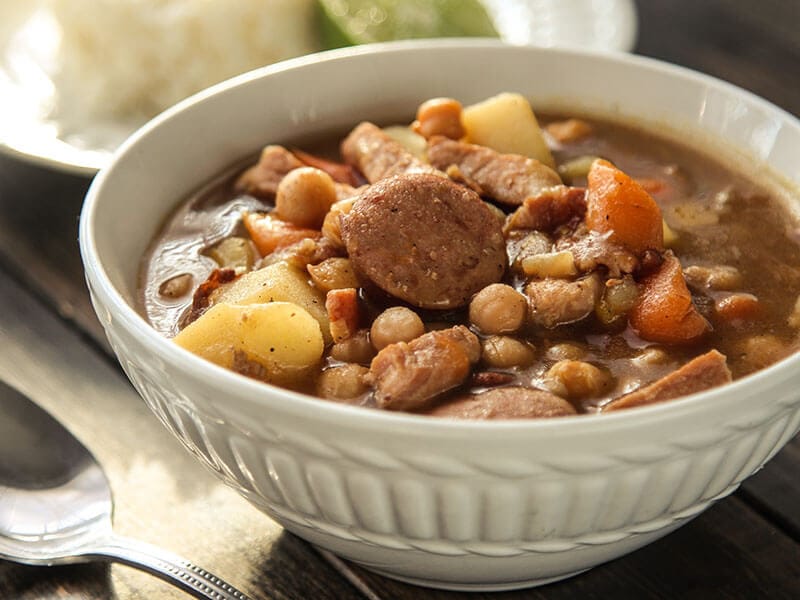
An Overview Of Dominican Republic Cuisine
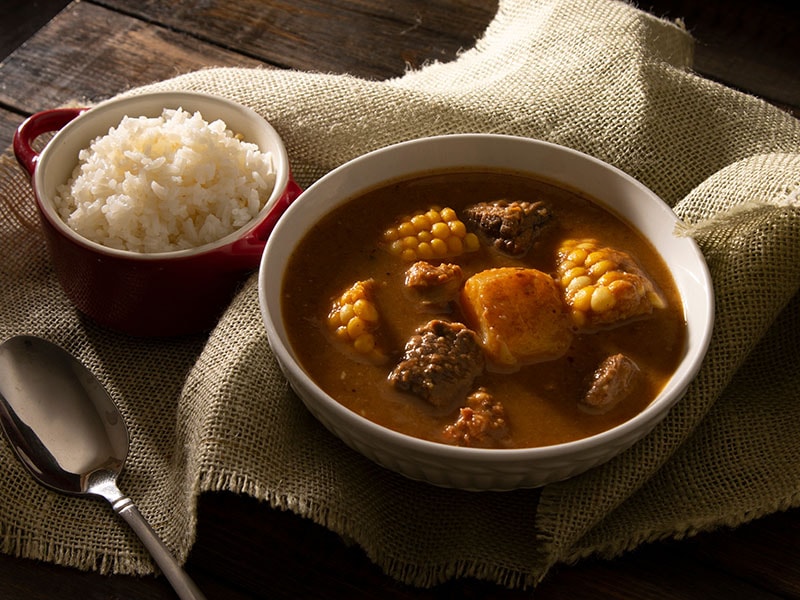
First, to learn about the fantastic Dominican cuisine, let’s look at the history of this beautiful tropical island. The island was formerly ruled by the Spanish and French, which had tremendously influenced its cuisine and other facets.
Therefore, it is not strange that Dominican foods share some similarities with Puerto Rican, Spanish, French, and African cooking, plus the indigenous Taíno cuisine. They have coexisted and complemented each other for many centuries.
Nowadays, many characteristics of Spanish cuisine have been integrated into the Dominican Public. For example, lunch is the most important meal of the day in this country, which consists of typical ingredients like rice, meat, beans, and vegetables. (1)
There are many traditional Spanish dishes cooked and served in the Dominican with slight variations in the ingredients and cooking methods. Its cuisine involves nearly all the edible and popular Dominican fruits, meat, grains, herbs, and vegetables.
However, no ingredient can surpass plantain, a common and iconic component of Dominican cuisine. It can be cooked in various ways to make all kinds of dishes with astonishing flavors and textures.
The following sections will reveal to you more about the flavors, famous dishes, and unique traits of this Caribbean cuisine. Now let’s move on to discover Cuban food.
Everything You Need To Know About Cuban Food
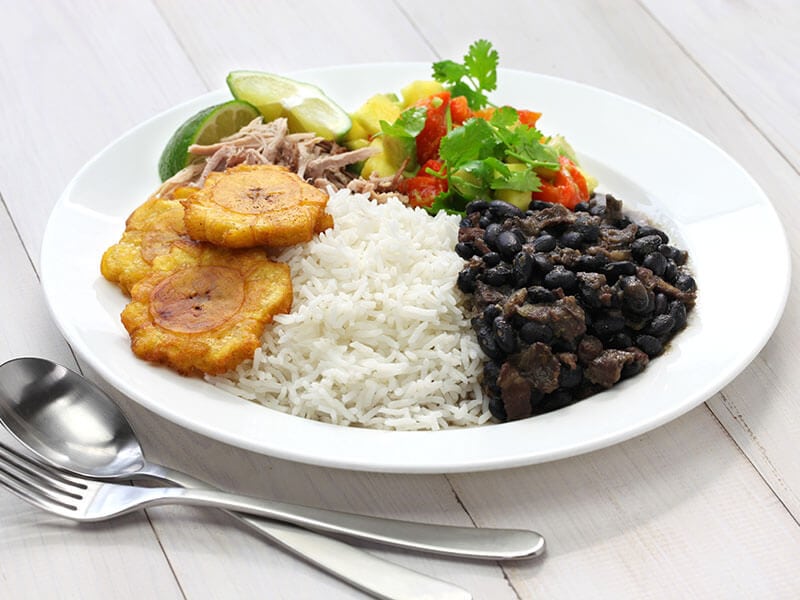
Similar to the Dominican Republic, Cuba is one of the earliest colonies of Spain in the Caribbean region. A long-lasting history of colonization has had a significant impact on the food culture of this country.
For the mentioned reason, Spanish cuisine is the deep root of Cuban food, which is a mixture of Spanish, Caribbean, African, and Spanish cuisines. The immigrants and Spanish brought many spices, ingredients, and cooking techniques to the country.(2)
Also, there was a large group of Chinese immigrants who moved to the country in the Havana area in the middle of the 19th century. Therefore, the food in this region features some traits of Chinese cuisine.
However, the history of colonization is not the sole factor that forms various Cuban dishes nowadays. Their development is also affected by the country’s tropical climate and geological traits.
As food and vegetables can thrive under this ideal condition, they are a prevalent ingredient in Cuban cuisine. In addition, Cuba is a beautiful tropical island. Therefore, seafood is very abundant and has become an indispensable part of the country’s culinary culture.
The two main ingredients in a typical Cuban meal are rice and beans. Aside from fruits and vegetables, the Cuban people use mainly fresh ingredients rather than processed food to make their meals. The abundant and diversified spices also add more beauty to its cuisine.
Cuban Food Vs. Dominican Food: What Are The Differences?
Although the Cuban and Dominican foods feature many traits commonly seen in Caribbean cuisine, there are still some minor differences in various aspects. Let’s see if you can recognize them.
Popular Spice Combination
Each country has developed its unique seasoning combinations, which involve many familiar ingredients like onions, pepper, salt, and some indigenous spices. By combining various components in different ratios, these seasoning materials bring a distinctive taste.
Cuban
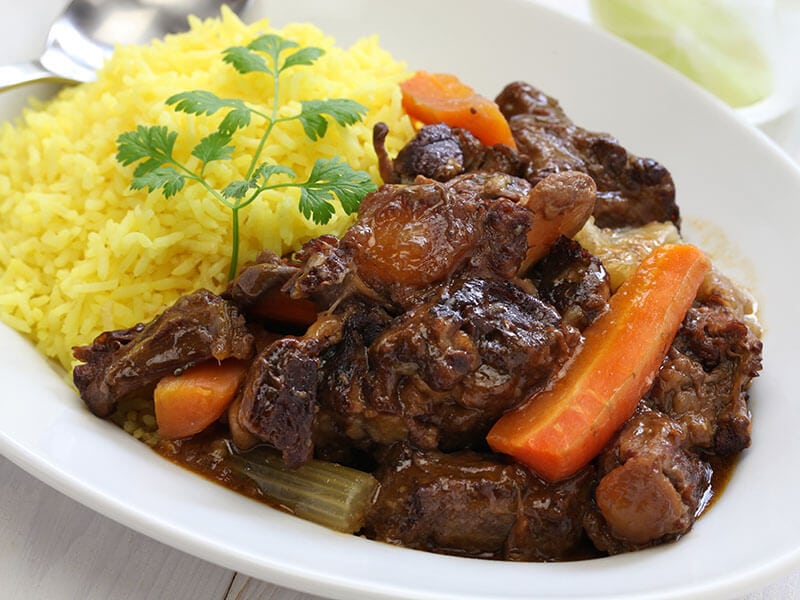
In Cuba, the most popular combination is Salsa Criolla, which is a mix of onion, pepper, tomato, salt, garlic, and oil. It’s used for seasoning numerous Cuban dishes like sandwiches and potato mash.
Another prevalent Cuban spice mixture is Mojo (pepper, orange peel, roasted garlic, and various spices). This tart and fragrant blend is commonly used in marinating meat or seasoning grilled and fried dishes.
Dominican
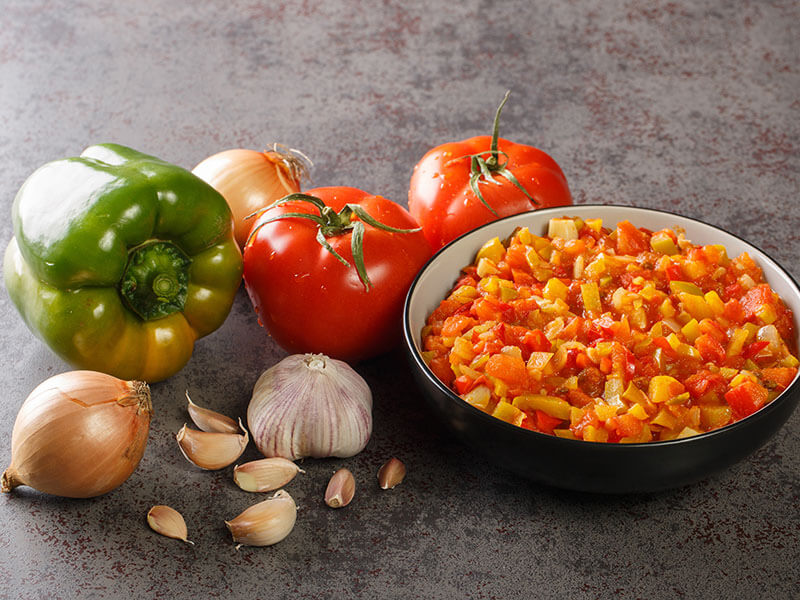
You may have heard of the Dominican Sazón or Sofrito. It’s a national seasoning used by every Dominican household.
Sofrito typically involves pepper, cilantro, oregano, vinegar, and soy sauce. This spice combination brings a slightly pungent and spicy touch to stews, meat-based food, and soups.
Another type of seasoning worth mentioning spice is Adobo, which is a mixture of garlic and onion powder blended with oregano, paprika, salt, and pepper.
Adobo possesses numerous variations and is also produced commercially in the Dominican Republic. Unlike the other spices, Adobo comes in liquid form and is commonly used as a sauce for marinating. It combines well with grilled, roasted, or fried food.
Staple Ingredients
Not every culinary culture uses the same ingredients for cooking. The geographical condition and the history of the country decide its distinctive staple ingredients. The Cuban and Dominican cuisines are not an exception.
Dominican Republic
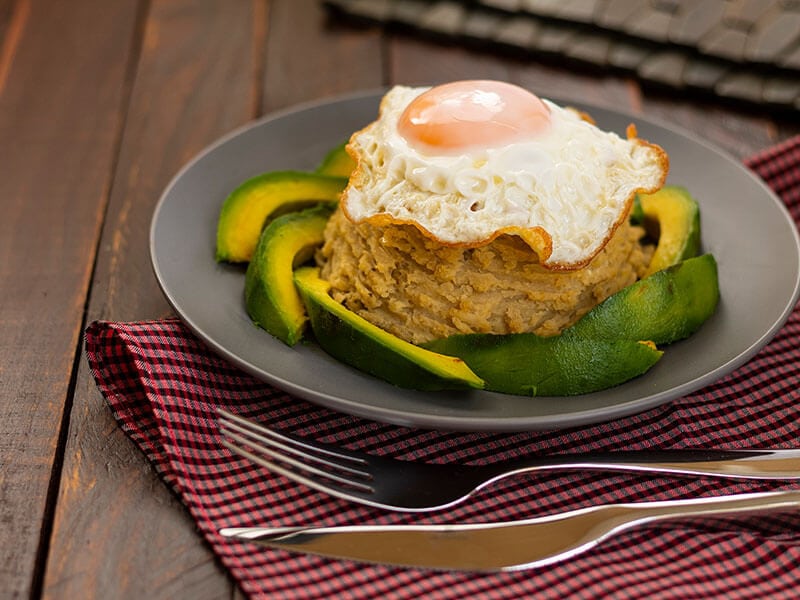
As you already know, three basic ingredients in the Dominican and Cuban cuisines are plantain, rice, and fruits. However, the Dominican people view plantain as the staple ingredient, with countless food and recipes involving this fruit.
Try searching for the most iconic Dominican dishes, and you will find plantain-based ones like Tostones (fried plantain) and Mangú (plantain mash). This popular fruit can either be fried or boiled with other ingredients to give a sweet or salty flavor.
For its versatility and affordable price, plantain is a beloved staple food that combines all the ingredients together and heightens the taste of Dominican food to another level. This fruit is a go-to vegetable that can be thrown into any recipe, whether a dessert or main dish.
Cuban
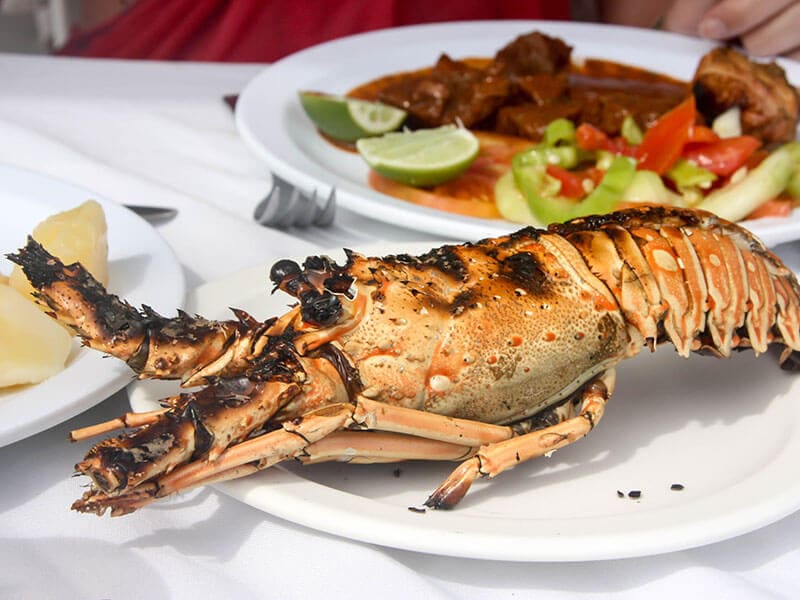
Potato is the staple ingredient in Cuba, and there is a reason for this. This fruit is one of the most popular and prioritized crops in Cuba. Due to the abundant potato, the people there have come up with various recipes that involve this fruit as the main ingredient.
Some famous traditional dishes that contain potatoes in Cuban are Papas Rellenas (Cuban stuffed potato) and Cuban Mojo potatoes (a delicious side dish of potatoes mixed with spices).
In addition, the Cuban also prefer seafood and use a lot of this ingredient in their daily diets. On this tropical island with the sea and beaches stretching to every region, the seafood comes with the highest freshness, quality, and low prices.
If you love eating seafood like shrimp, fish, or even lobster, Cuban is a true paradise. The most common way to cook seafood there is Enchilado (seafood with wine, tomato, onion, pepper, and garlic).
Flavors
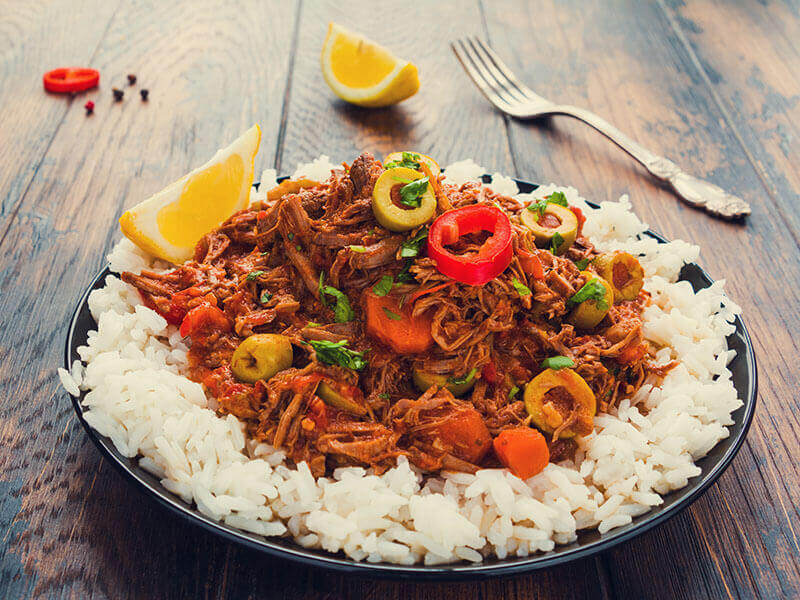
In general, Cuban food features richer and more diversified flavors. Aside from the salty, sweet, and starchy taste, Cuban food delivers many unique flavors as it involves the use of various spices like garlic, cumin, bay leaf, and oregano.
The Cubans want their food to taste as filling and passionate as possible. Therefore they usually add a lot of spices and seasonings to the dishes. As a result, you could feel that Cuban foods are a little more savory compared to Dominican ones.
In addition, if you are a fan of cumin, then Dominican food is not an ideal option. The Dominican people rarely involve cumin in their recipe, though the spice is still abundant on the island. Meanwhile, Cuban people love the scent and flavors of this spice.
What Do Cuban Food And Dominican Food Have In Common?
Don’t ignore the fact that the two countries are both tropical islands located in the Caribbean regions. People in Cuba and the Dominican Republic speak the same language and use the same tropical ingredients.
For these reasons, their culinary cultures feature various traits in common, which I will discuss further below.
A Mix Of Cuisines With Spain As The Main Inspiration
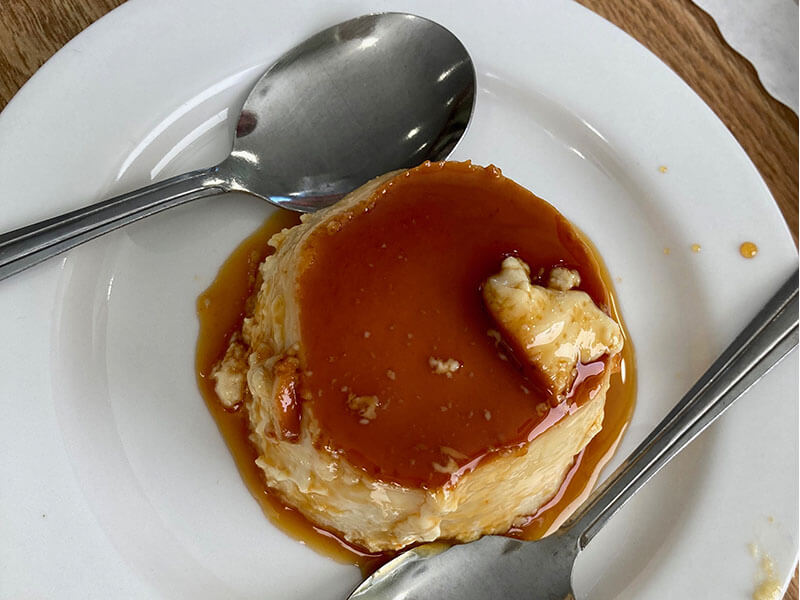
Both countries are former Spanish colonies. Consequently, their cuisines feature the beauty of Spanish cuisine. In addition, there were also people migrating from China, Europe, the Middle East, and other regions to the two countries, thus adding more flavors and dishes to their cuisines.
Moreover, both countries are under the influence of Spanish cuisine. You can find many famous traditional Spanish dishes on the two islands, such as Arroz con Leche (rice pudding) and Flan (a custard made of eggs, vanilla, and milk).
Anyway, Spanish people and migrants from other countries also brought new ingredients and spices to the two tropical islands, such as new animal species, fruits, and vegetables. Besides, they introduced new recipes and cooking methods to the two countries.
The fusion of these elements leads the Cuban and Dominican food to be very refreshing and diverse. They feature the common traits of Spanish, African, and Caribbean regions, often referred to as “Caribbean food.”
Fresh, Diverse, And Locally Produced Ingredients
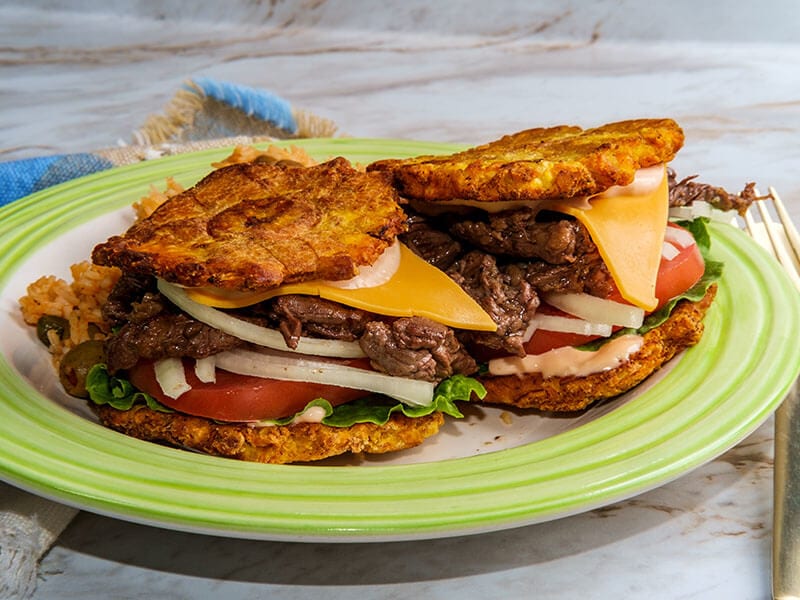
You can find many recipes and food that give the same texture and flavors in the two countries. As Cuba and the Dominican Republic are all tropical islands, it is not strange that their diets involve a lot of seafood, meat, fruits, and vegetables.
The tropical climate, temperature, and soil are ideal for cultivating crops of herbs, rice, fruits, and vegetables. Therefore most ingredients used in these countries are harvested directly from local farms, which are very fresh and healthy,
In addition, plantain, legume vegetables, and rice are the three indispensable ingredients of the two culinary cultures. In terms of animal proteins, the two countries use mainly red meat (pork and beef) and white meat (chicken).
Slow-Cooking: A Classic Caribbean Cooking Method
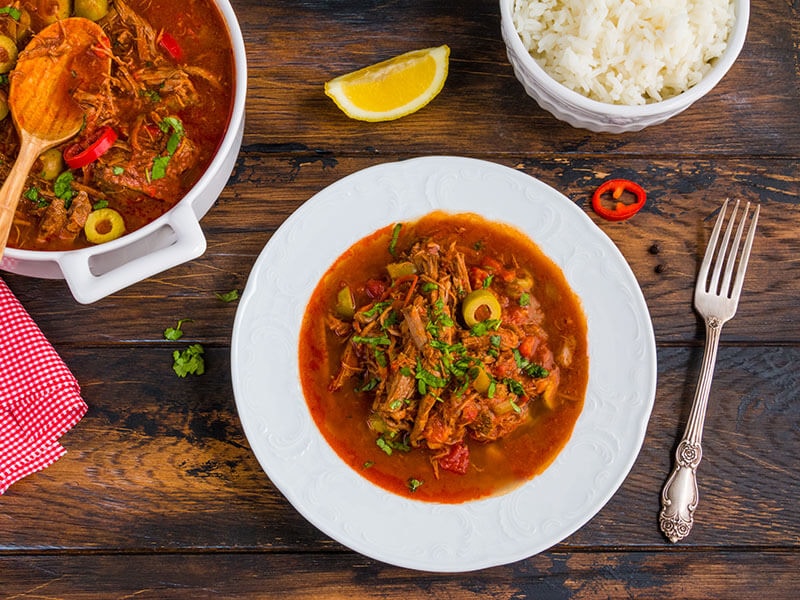
The people in the two countries love tender and soft food. That’s why slow-cooking is the most prevalent method. Similar to the Asian countries, people in Cuba and the Dominican Republic often steamed plain rice with water and served it with other savory dishes.
Their dishes always feature a mixture of spices and legume vegetables like beans and potatoes. They are often stewed or heated for a long time until they get tender and mashed.
By steaming or boiling the fruits and meat, the tissues will break down, delivering a fabulous scent and tender texture. People in Cuba and the Dominican Republic also love mixing various ingredients in one dish to create flavorful tastes and eye-catching appearances.
Some Delicious Traditional Cuban Recipes To Try Out
If you want to taste Cuban cuisine, don’t skip these sections. I will introduce some classic Cuban recipes to fill your stomach. These dishes are very yummy and prevalent in Cuba and are also easy to prepare. So why not make and try them at home?
El Cubano (Cuban Sandwich)
The fans of sandwiches will surely love this recipe. The El Cubano or Cuban sandwich version features five main ingredients: sliced ham, butter, pickles, cheese, and roasted pork. It is filled with protein and nutrition with a buttery and filling taste.
Flan Casero (Cuban Flan)
Among the most popular Cuban desserts, no dish can surpass Flan Casero. This delicious dessert can be found in every Cuban restaurant. The heavenly sweetness of custard combined with a soft and airy texture makes it every diner’s favorite dish.
Arroz con Pollo (Cuban Chicken And Yellow Rice)
Another famous Cuban dish is crispy whole chicken mixed with beautiful yellow rice. The Arroz con Pollo, or chicken and yellow rice, is an ideal recipe for the main meal of the day. You can also cook it and enjoy the dish with your family members on special occasions.
Immerse In The Caribbean Flavors With These Dominican Dishes
If you love the Caribbean cultures and food, you cannot skip these iconic Dominican dishes. They are the easiest way to fill your heart with love and passion, which is a true pleasure in life.
Every dish listed below involves the freshest and most nutritious you can find on a tropical island. Just looking at them is sufficient to drive your appetite.
La Bandera Dominicana (Traditional Dominican Lunch)
Dominicans regard lunch as the main meal of the day, and they love serving it with the La Bandera Dominicana. It is not a specific dish but a whole traditional lunch with three common ingredients: beans, rice, and meat.
Almost every person living in the Dominican Republic grew up having La Bandera Dominicana for lunch. So there’s no doubt about its delicious flavors and rich nutrition.
Mangú (Mashed Green Plantains)
Don’t make a list of traditional Dominican food without mentioning plantain, the staple ingredient of this tropical island. It is very simple to prepare. You just need to boil the fresh plantain and mix it with oil and butter.
The dish features a buttery and tasty flavor. The tender plantain mash mixed with the melting scrambled egg yolk is just irresistible.
Yaniqueques (Crispy Dominican Fritters)
Yaniqueques is a crispy and delicious snack that you can find on any street in the Dominican Republic. With the simple ingredients available in every pantry, like baking flour, powder, and eggs, you can make a perfect homemade version of Yaniqueques.
FAQs
The information I have compiled above is just the tip of the iceberg for the vast Dominican and Cuban culinary culture. If you want to discover more about their culinary beauty, this informative section will certainly help.
So Which Food Is Better: Cuban Or Dominican?
So, that’s pretty much everything you need to know about Dominican vs. Cuban food. To sum up, these two tropical islands’ culinary cultures are pretty much identical, featuring many common traits of Caribbean cuisine.
They are a mix of various cuisines from different cultures and regions, creating fabulous food with rich and diversified flavors. The ingredients in their cooking are also similar, involving mainly spices, plantain, meat, fruits, and vegetables.
Almost any fresh and edible ingredient can be used for making delicious dishes. However, there are a few noticeable differences in the use of spices and ingredient choice.
So, I cannot state that one cuisine is better than another. It depends entirely on each person’s taste and preferences to decide. I recommend you try out the famous dishes listed above from the Cuban and Dominican cuisines to figure out which better suits your taste.
I hope that you will have a great experience trying out these two fabulous cuisines. Please share and comment on the post to tell me your thoughts. Thank you for reading!
References
- En.wikipedia.org. 2022. Dominican Republic cuisine – Wikipedia.
- En.wikipedia.org. 2022. Cuban cuisine – Wikipedia.


Linda Dean
Expertise
Culinary Arts, Food Journalism, Global Cuisine, Exploration, Recipe Development, Cultural Food Studies, Culinary Travel and Storytelling
Education
Culinary Institute of America, Hyde Park, NY
Program: Associate in Culinary Arts
Focus: Developed a comprehensive understanding of global cuisines and essential cooking techniques. Engaged in intensive hands-on practice in both kitchens and real-world settings, guided by expert chefs. This program emphasized the application of culinary skills in professional environments, preparing students for a variety of roles in the culinary industry.
City, University of London, London, UK
Program: BA Journalism
Focus: Gained expertise in media studies with a strong foundation in reporting, editing, and communicating. While the program focuses broadly on journalism, the skills acquired apply to food journalism, including the ability to analyze and report on food culture and culinary trends effectively.
Linda Dean is an experienced chef and food writer who loves exploring flavors from around the world. Trained at the Culinary Institute of America, Linda has spent over ten years mastering the art of making dishes that truly represent different cultures. She also studied journalism at City, University of London, which helps her write engaging stories about these foods.
On heythattastesgood.com, Linda shares recipes that bring the world’s kitchens to her readers. She focuses on authentic tastes and the stories behind them, making it easy for anyone to try international cuisine at home.